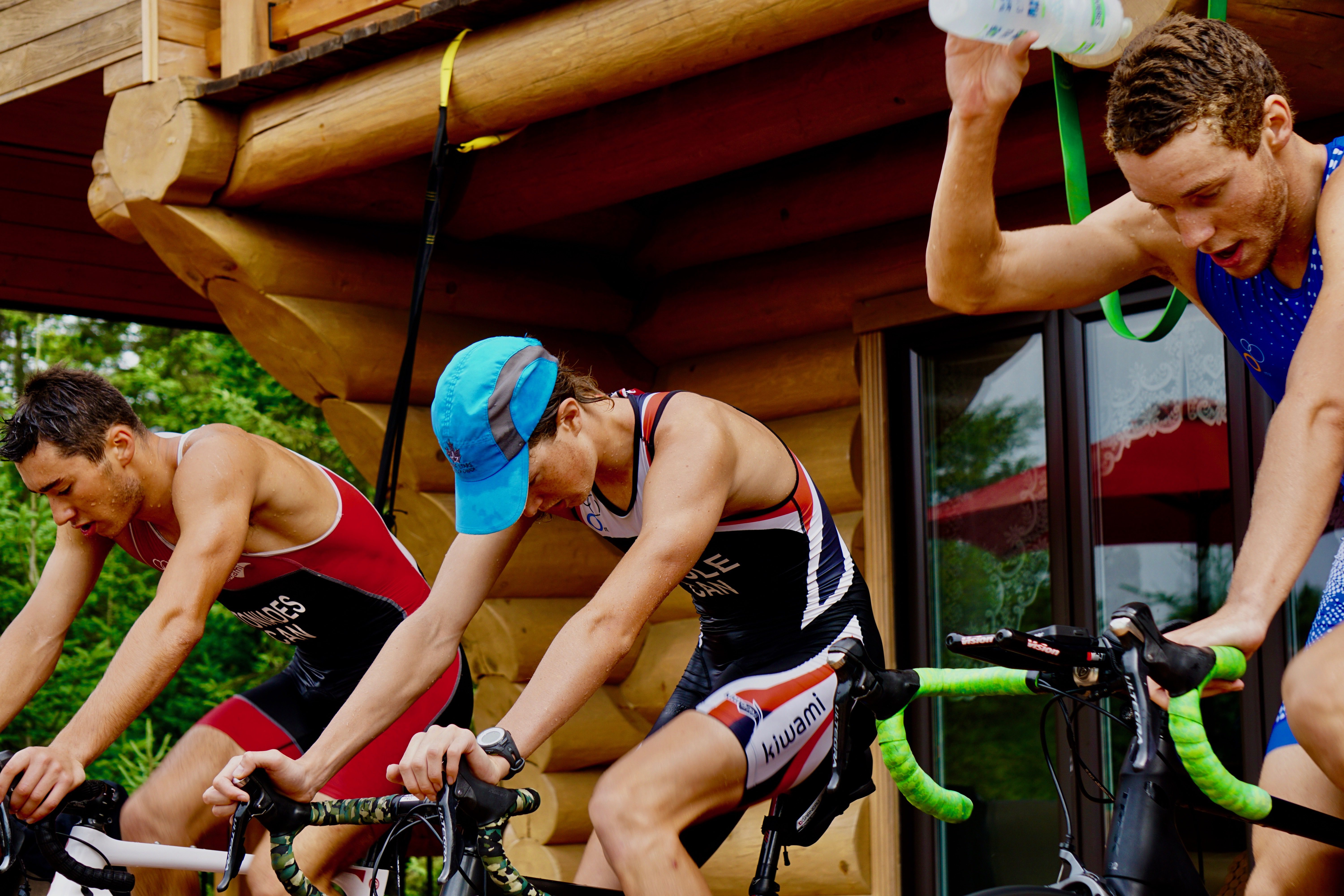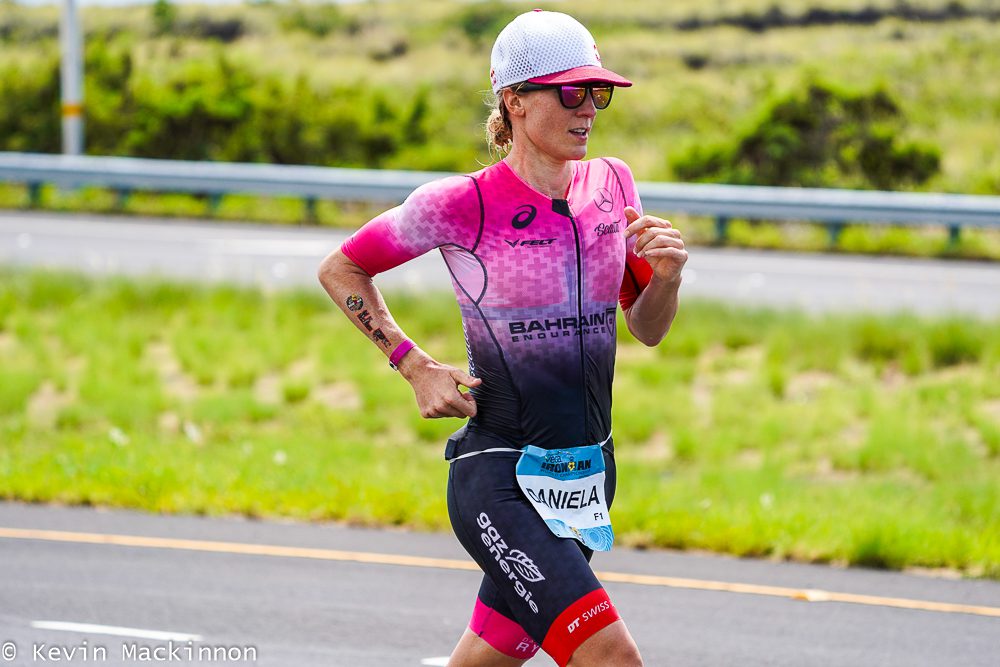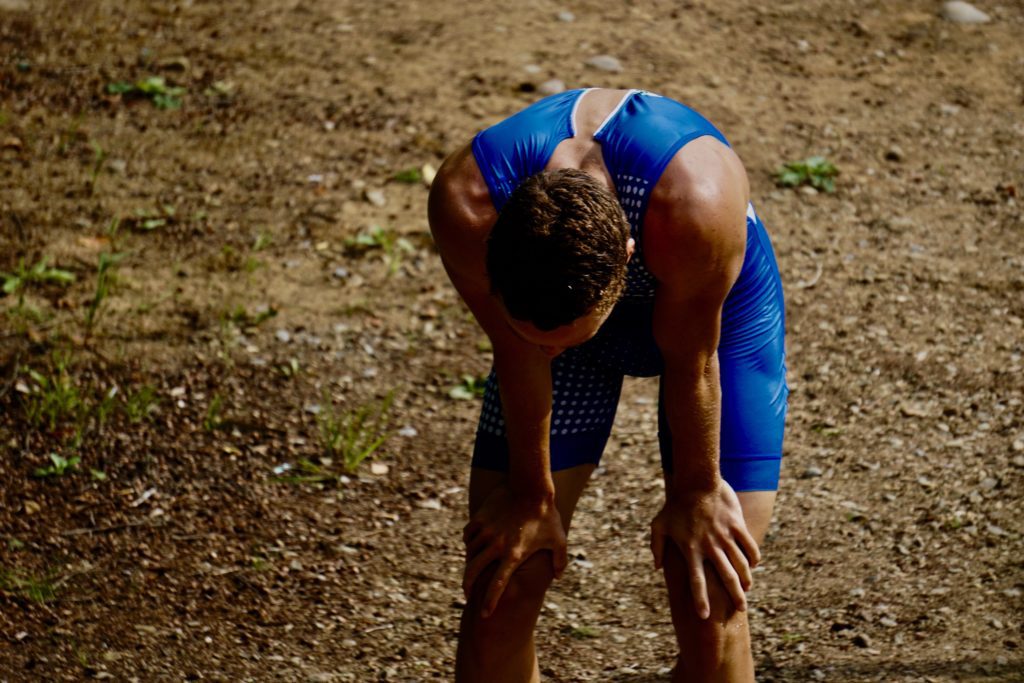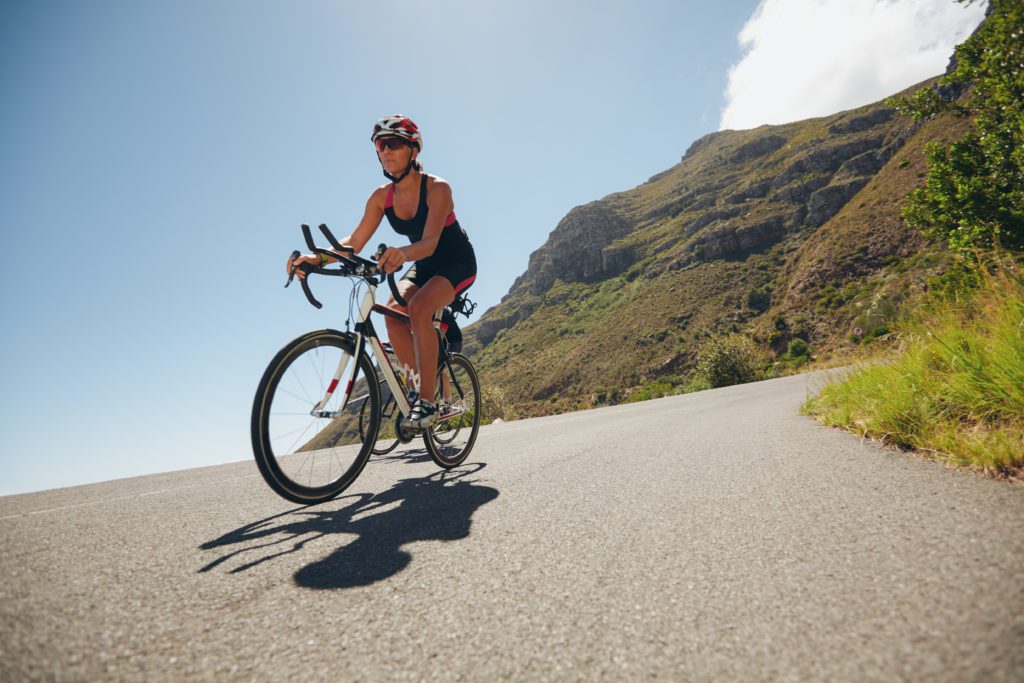Why training in the heat is good
The physiological benefits of training in the heat, and a few caveats to doing it safely.

Over the past month, much of eastern Canada has been hit with a heatwave. With temperatures consistently above 30 degrees Celsius, many heat records are being broken or tied, and it doesn’t look like the heat will be letting up this summer.
And that’s good news, right? It’s about time we get some sun and heat after a long winter. Especially given the current conditions surrounding travel, it may be a good thing that we get to enjoy a warm, sunny summer in Canada this year.
Related: All you need to know about training in the heat this summer
But, that isn’t the only good news about the heat. It also makes for a very effective training stimulus. You could say that training in the heat is good. However, that statement does come with a few caveats that you should exercise caution when training in the heat.
The physiological benefits
It doesn’t take long for you to realize that training (running or cycling) in the heat is more difficult. You start sweating quicker, your rate of breathing seems to increase significantly and your heart rate seems out of control. This is natural, and a normal physiological response to the thermal stress you are putting the body under (exercise and heat). However, it is this strain that will lead to significant physiological adaptations that will increase performance in the heat and cooler temperatures.
It is said that acclimatizing to the heat takes up to two weeks, depending on individual characteristics, as well as the frequency, intensity and duration of training. In a study published in the Journal of Applied Physiology, researchers found evidence that heat training for ten days led to an increase in cycling performance in the heat and cooler conditions. The cyclists’ increase in performance correlated with significant increases in plasma blood volume and maximal cardiac output. (Cardiac output = heart rate x stroke volume; the amount of blood ejected from the heart per beat).
Related: Five tips to avoid bonking this summer
It is this change in the body’s circulatory system that is consistently linked to the performance benefit of repeated heat training. Expansion of the plasma blood volume typically occurs early in the acclimation process, roughly less than a week into training. This increase in volume is theorized to play a critical role in gaining cardiovascular stability in the heat and facilitating the body’s thermoregulatory response. However, this adaptation can be quickly lost if training stops or temperatures cool.
With longer exposure to the heat and an increase in plasma blood volume, there is an observed increase in muscle blood flow. Thus providing the working muscles, lungs and locomotor, with more oxygen-rich blood. Thus, it is hypothesized that his adaptation may also be increasing performance.

Related: Exploring the limits of human performance
The other adaptation that occurs, is an increase in maximal cardiac output. Cardiac output is a complex mechanism that is influenced by heart rate and stroke volume, which is further influenced by the expansion and contractility of the heart. The simplest explanation is that while there is an increase in cardiac output, there is a decrease in heart rate, meaning that the heart does not need to work as hard. This is due to an increase in plasma blood volume (above).
So, the big take away message is that the body’s main physiological response to the heat occurs via an increase in plasma blood volume. This reduces the stress the heat has on the heart, cardiovascular system and performance. Therefore it mitigates the negative influence the heat has on performance and with repeated exposure it improves performance (in heat and cool conditions).
The caveats
This is great news. It is the cheap man’s way of increasing performance without having to go to an altitude training camp like the pros. However, it does come with a few caveats.

- Be sensible. This does not mean training in the heat all the time, especially in the summer.
- Plan your training. Avoid high-intensity efforts during the highest temperatures of the day (middle of the day). If you are doing training in the middle of the day, do a low-intensity session like an easy run or spin to the local cafe.
- Hydration. Pre-hydrate with water and electrolytes, and be sure to keep fluids coming in. It is recommended to drink at a rate that replaces fluid loss, around 400 to 800 ml of fluid per hour. About 450mg of sodium per hour is the minimum amount required to maintain plasma volume and slow the decline in plasma sodium concentration that can accompany prolonged exercise.
- Make sure to recover after. This includes cooling your body down with a cold shower and nutrients.

